Full Guide To Citrine vs. Topaz (This is the Difference)
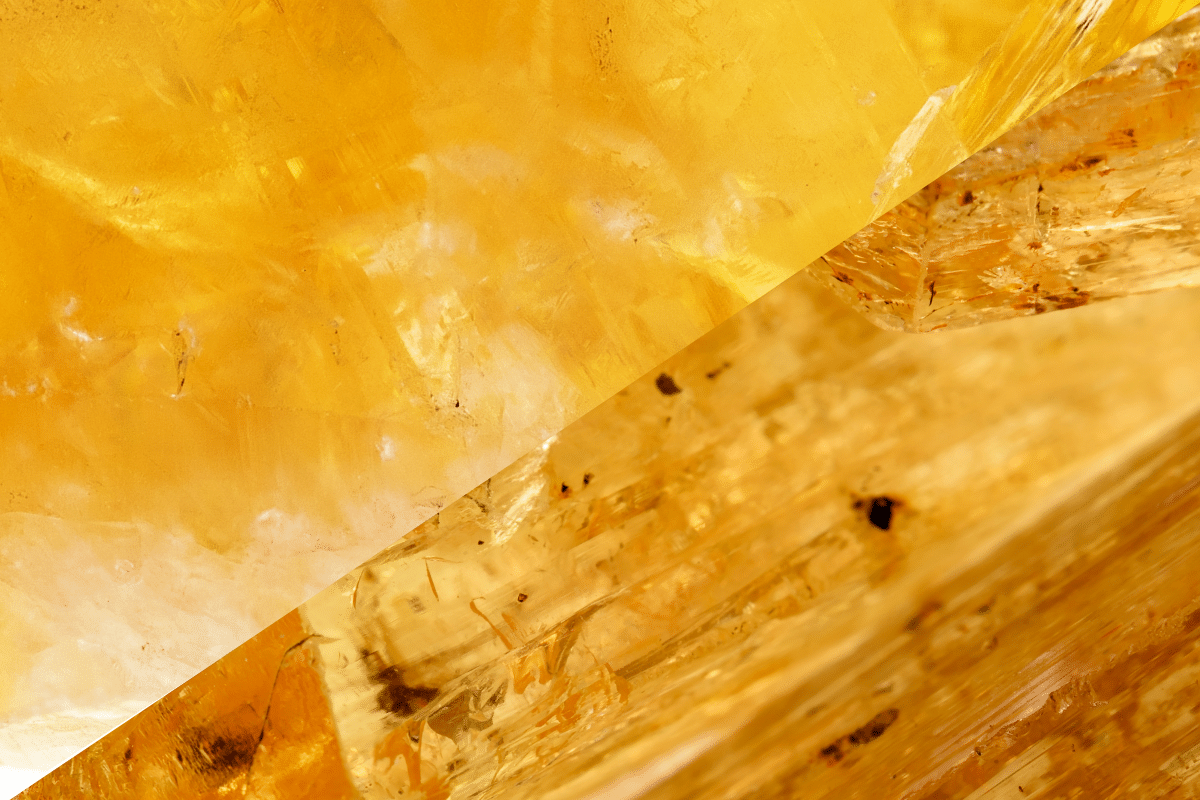
In order to work with our crystals effectively, we need to understand their properties. With crystals that look similar or have similar uses, such as citrine and yellow topaz, it can be difficult to determine which one to work with. The answer should always be; the one that you are drawn to the most. However, if you are looking to find the difference in physical appearance as well as metaphysical properties, you’ll find your answer here.
Continue reading if you want to know more about the (physical) qualities of these stones, as well as how you can use them in your spiritual practice.
Also read: Jade vs. Emerald: This Is The Difference
Want more help or information? If you have any more questions after reading this blog post or want a personal answer for your specific situation, join the free Facebook group! We promise you’ll get an answer from either our team members or a community member.
Citrine vs. Topaz – How To Tell The Difference?
In order to understand the difference between these two stones, we can look at the color, shape, pattern, clarity, and more. Below we’ll describe all these aspects in detail.
Chemical Composition
Citrine belongs to the quartz family of minerals. Natural citrine is composed of silicon dioxide and iron hydroxide impurities. Unfortunately, natural citrine is rare, which means that most citrine on the market has been artificially produced. Manmade citrine is the result of heating smoky quartz or amethyst until its color changes to yellow-brown.
Topaz is an aluminum silicate that contains aluminum and fluorine within its composition. Although generally colorless, impurities cause topaz to form in other colors.
So, although these stones might look similar, they are not related at all.
Color
Citrine comes in a variety of yellows and browns. Natural citrine is pale yellow, while artificial citrine can be pale to deep brown depending on the heat it is subjected to. However, even natural citrine can sometimes be heat treated by sellers, as natural citrine is pale, and heating intensifies the color.
Apart from its overall color, you can look at the base color of the crystal to determine if it’s natural or heat-treated citrine. Natural citrine is one color all throughout, whereas heat-treated citrine will have a white base color.
Topaz also has a wide variety besides brown or yellow, which is naturally much more vibrant than citrine. Pure topaz will be colorless, but if it has impurities, its color range includes pink, orange, red, blue, green, and purple.



Pattern and Clarity
Citrine has a vitreous luster and has no eye-visible inclusions. It is quite transparent in clarity due to the lack of inclusions. The stone is uniformly colored, and its value decreases in an instance of color zoning. It has poor cleavage and breaks with a conchoidal fracture.
Topaz has perfect cleavage and breaks at a sub-conchoidal to uneven fracture. The stone has a vitreous luster and is commonly found without inclusions. Its clarity is opaque because it tends to have a milky appearance.
Hardness
Topaz is harder compared to citrine. It rates eight, while citrine scores seven on the Mohs hardness scale. Both stones will require additional care to prevent damage and chipping.
Care
Citrine can be effectively cleaned using warm water and soap. Ultrasonic cleaners are safe for stones that are not treated or fractured. Citrine stones should not be subjected to heat; hence steam cleaning is not advised. The stones can be cleansed and activated by sound, sunlight, or running water for energy cleansing. Hold the stone and speak your affirmations to activate your stone for energy work.
Topaz can also be cleaned using warm water, soap, and a microfiber cloth. Topaz jewelry should be taken for a professional inspection and cleaning at least twice a year. The stones are sensitive to sudden temperature changes and high heat. Leaving the stone in sunlight for longer periods will alter the color to darker shades of color. Ultrasonic cleaners can damage the stone and cause fading as well. The stones can be energy cleaned by soaking in water or bathing them in natural light.
Also read: Can Citrine Go In Salt? (Dry Salt, Saltwater, Himalayan Salt)
Location
Natural citrine is found in Madagascar and Russia. The largest artificial citrine producer is Brazil. Citrine and amethyst can also be found as one stone known as ametrine in rare occurrences. This phenomenon is found in Bolivia. Topaz is found in Madagascar, Burma, Namibia, and Brazil.
Uses
Jewelry
Citrine jewelry is worn to eliminate negative thoughts and enhance psychic abilities as well as self–confidence. The stone is also believed to bring prosperity, success, and good luck to its wearer. Topaz jewelry brings happiness and inner peace. It also improves concentration and eliminates negativity. It’s a good remedy for worry and depression.
Also read: The Complete Guide To Wearing Citrine
Meditation
Citrine used in meditation will increase optimism and positivity. Its association with wealth and success means it can be used to manifest financial abundance and prosperity. The stone can be placed on the solar plexus chakra during this practice to cultivate personal power.
Topaz is known as a stone of fortune and love. In meditation, the stone recharges, heals, and aligns body chakras. Topaz promotes good health, abundance, truth, and forgiveness.
Properties
Citrine improves creativity and unlocks one’s imagination and truest desires. The stone’s energies are strong in manifesting our desires to live. The stone is also reliable through transitions and changes in life. For the physical body, the stone is believed to be associated with treating ailments in the kidney, spleen, bladder, and pancreas. The stone may also help with digestion, food intolerances, and skin allergies.
Topaz brings true love and success your way. It also promotes creativity, authenticity, and self-confidence. It helps eliminate negativity from your environment. The stone also helps with trust and expression issues. It is also used as a catalyst in manifestation practices because it acts on the laws of attractions. Its energies are perceived to help treat wounds, skin allergies, and loss of taste by using it to make gem elixirs.
Chakra Association
Both stones are associated with the sacral and the solar plexus chakras. The sacral chakra is the fourth chakra found below the belly button near the pelvis. It is believed to control the flow of information from the mind to the rest of the body.
The chakra also governs our sexuality, sex drive, emotions, and physical energies. The solar plexus chakra is the third chakra found beneath the diaphragm and slightly above the navel. It is associated with self-confidence and personal power.
Stones and crystals connected to the sacral chakra can be used to improve sexuality and sexual pleasure, while those connected to the solar plexus chakra are often used to boost confidence and personal power.
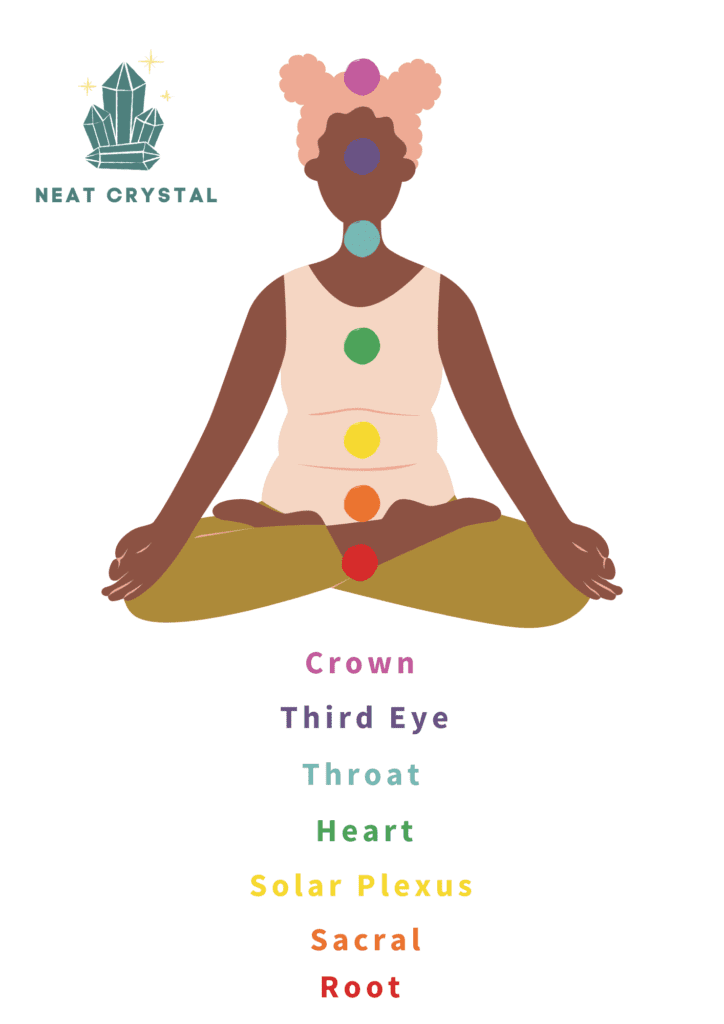
Also read: What Chakra Is Citrine? (Full Guide)
Zodiac Association
Both stones are the traditional November birthstones and resonate the best with the Scorpio zodiac signs. Citrine is also the 17th and 13th wedding anniversaries.
The stone is filled with energies that influence hope, good health, joy, and youth. Scorpios can also wear the stone for luck, fortune, and transformation. Topaz brings serenity and empathy to a Scorpio. It will also bring luck and activate their soul and mind.
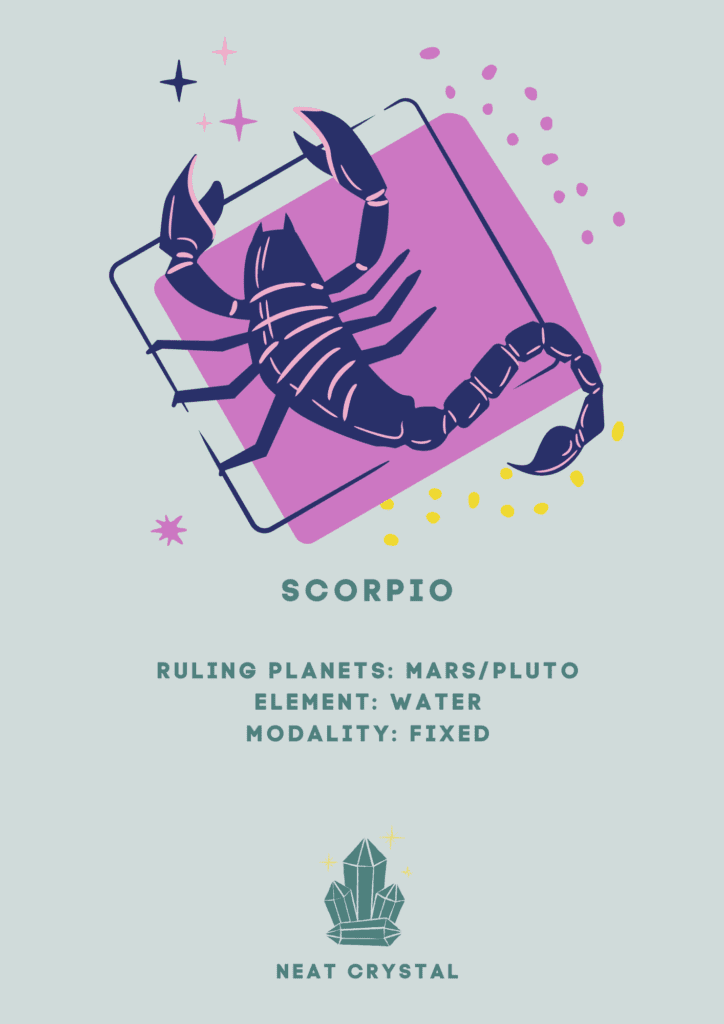
Also read: The Complete Guide To Citrine And The Zodiac Signs
Element Association
Citrine is a fire element crystal. This element is the most physically active and powerful of all other elements. It represents transformation, warmth, and vitality. It is the element responsible for the sex drive and reproduction in animals and humans. The zodiac signs that embody the fire energies are Sagittarius, Aries, and Leo. In personalities, the element is characterized by passion, creativity, courage, and spontaneity.
Topaz is associated with the air element. It is an important element in the existence of both human beings and animals. The element is associated with communication and the mind. Our air element defines how we interact and pass information. Libra, Gemini, and Aquarius are the zodiac signs of this element. People of this element are tolerant, communicative, and open-minded. They are also intellectual, positive, and non-judgmental.


Ruling Planet
Jupiter, the planet of expansion, growth, tolerance, and plenty, is ruled by both stones. It is also the lord of Sagittarius. The planet influences broader possibility, morality, insight, hope, and knowledge. It is also associated with optimism, goodwill, mercy, good luck, and prosperity. The negative manifestations of the planet’s energies are over-indulgence, blind optimism, ill will, and irresponsibility. Its position on our birth chart shows how we express and improve our lives.
Also read: Honey Calcite vs. Citrine: This is the Difference
Numerical Vibration
Both stones vibrate at 6. The number represents completion, harmony, and stability in numerology. It is the most loved of all sun numbers. It represents the planet Venus in astrology, responsible for the trustful, charm, and dependability traits seen in the people who resonate with the number.
In Feng Shui, the number is associated with good energy flow and luck. The Chinese associate the number with blessings and happiness. In business, the number 6 will represent wealth and good fortune.
People of this number are caring, nurturing, love harmony, and sharing. They are most attracted to career paths that involve taking care of other people’s needs.
Best Combination
Emeralds and citrine are a great pair for manifesting love and passion and the success of an existing romantic relationship. The stones also pair well to promote long-lasting friendships. Introverts can also use them to find the courage to meet new people.
Citrine can also be paired with hematite to eliminate negativity and ground energies. The pair reminds you of your ability to do great things by boosting willpower and motivation. Topaz is used together with citrine for the solar plexus and sacral chakra. The pair helps with self-confidence, personal power, and sexuality.
Blue topaz paired with clear quartz or blue lace agate is a great combination for the throat chakra. Amplifying the energies from these stones will improve communication and self-expression.
Blue topaz is paired with amethyst to stimulate the third eye chakra to facilitate spiritual development and communication and interpretation of information from spiritual realms.
Yellow topaz can be combined with golden labradorite or zincite for mental strength, focus, and implementation of plans and goals. It also pairs well with honey calcite for clarity of thought and vision. Yellow topaz is combined with blood stone to enhance spirituality and boost positivity. The pair will also connect you with nature.
Also read: (Heat-Treated) Amethyst vs. Citrine: This Is The Difference

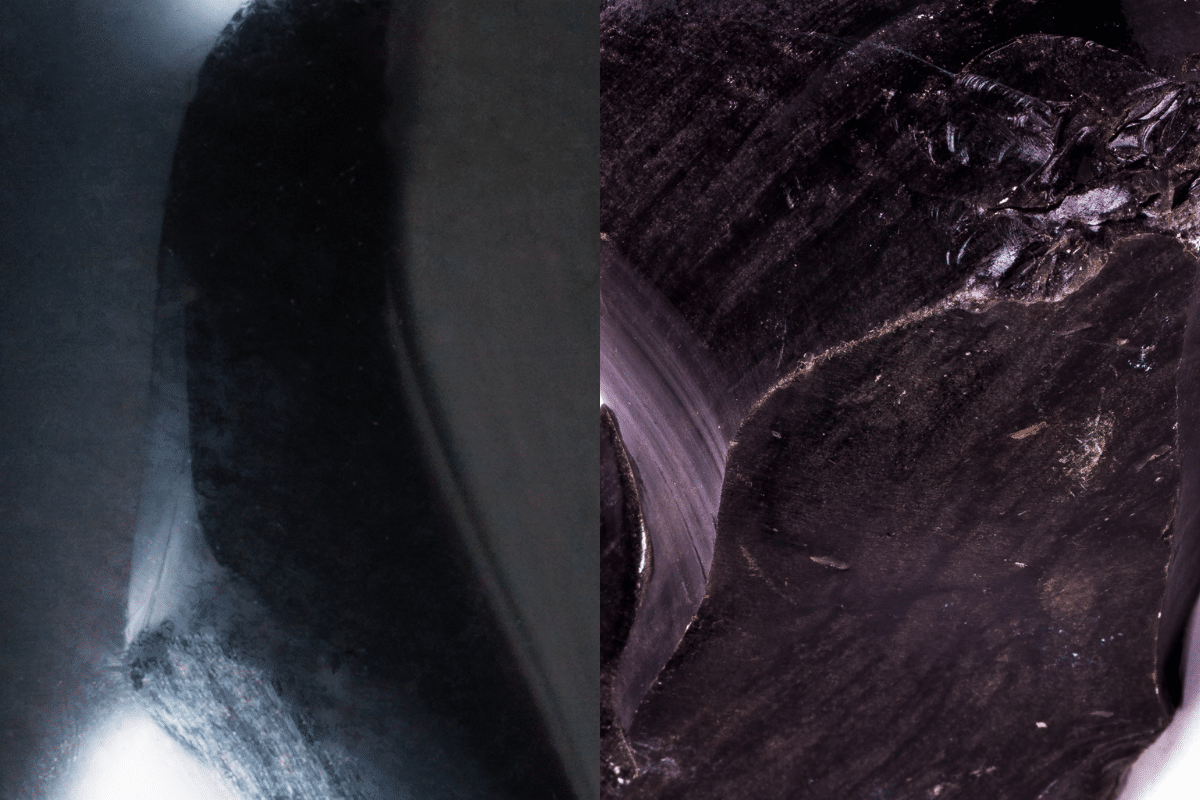


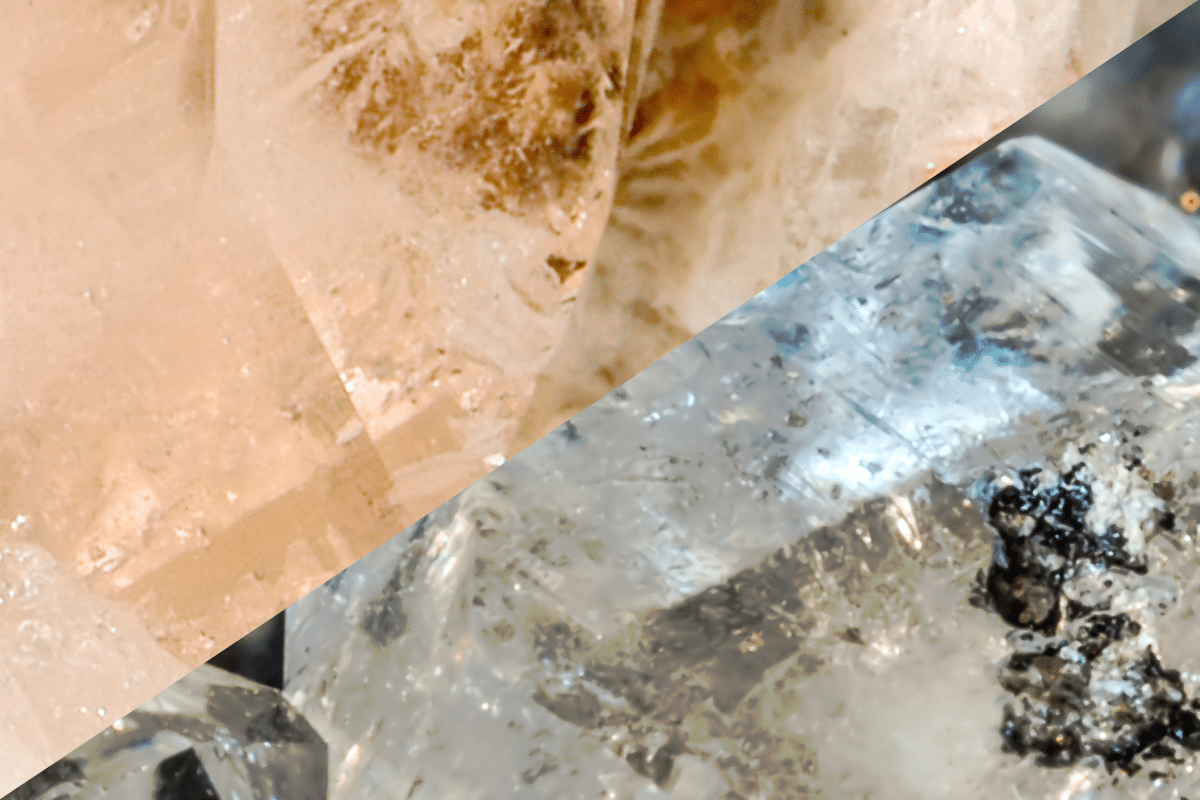
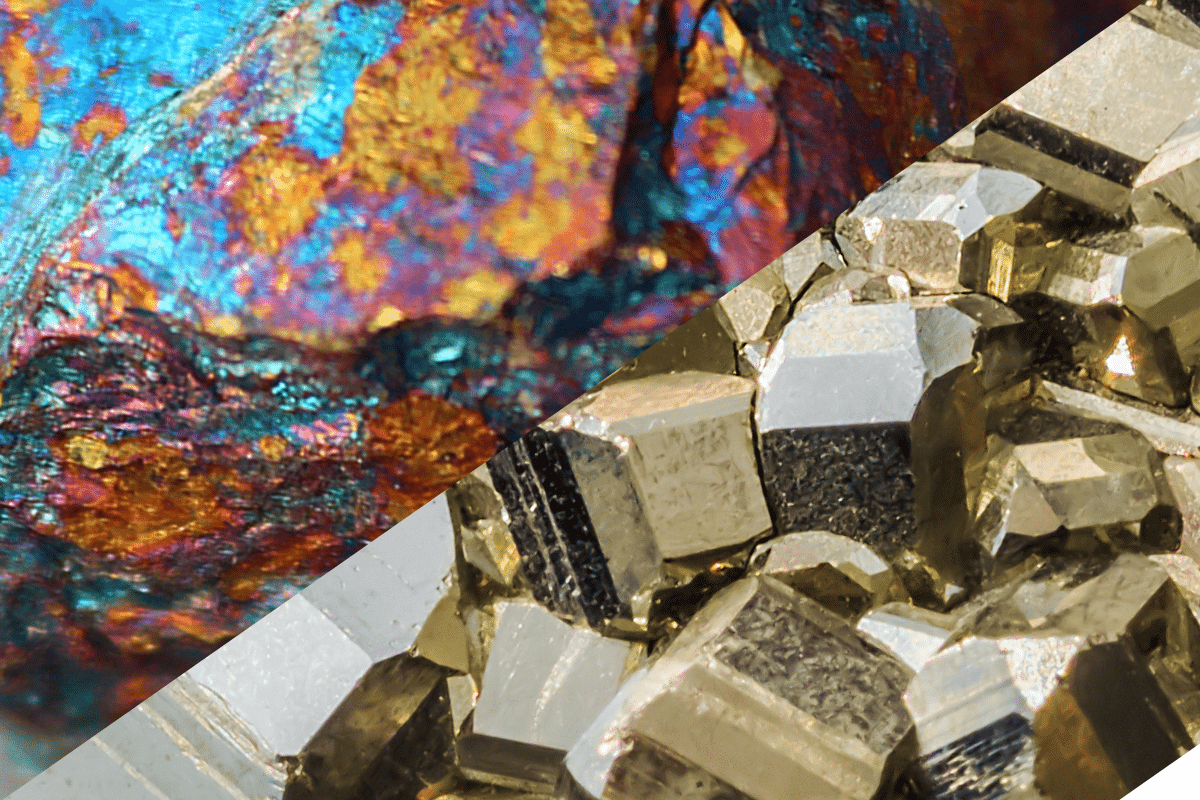

One Comment